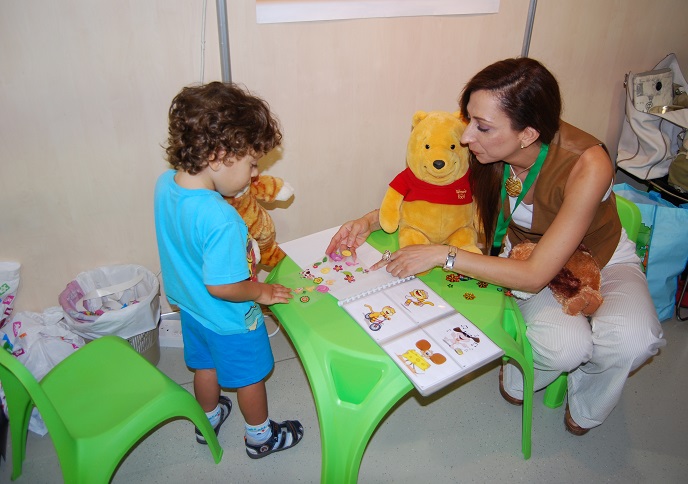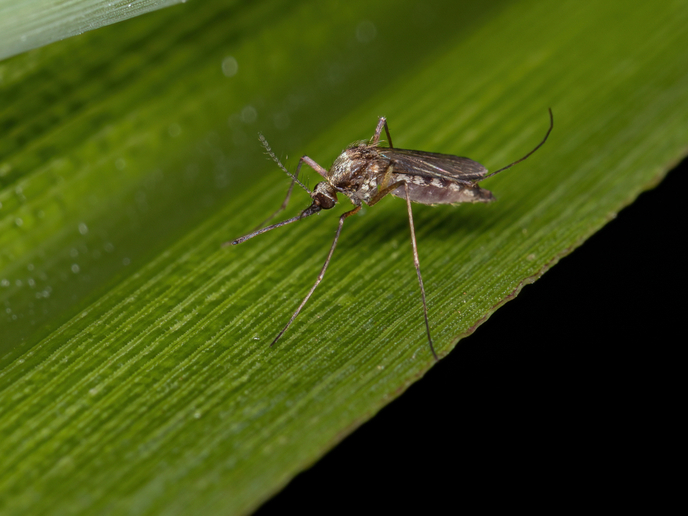Mechanisms involved in language change across lifespans and communities
Language changes over time and across communities. The EU-funded DIALING (Diagnostics of linguistic change: Mapping language change in real and apparent time) project examined the longitudinal linguistic changes that occur across time within a community as well as across the lifespan of the individual speaker. DIALING made use of a repository assembled in the last five years. Research was based on two innovative data sets. Spoken data recorded in the 1960s, 1990s and 2000s were investigated, and the results gleaned from these longitudinal data were compared with a small panel sample of speakers. The analysis considered changes at two levels of linguistic structure: phonology and morphosyntax. The study also took into account speaker-based factors, such as the individual’s life course, their attitudes towards innovations in general and amount of contact with children. By exploiting the large-scale corpus of spoken language, researchers created a dedicated database that combines heritage data with new recordings. They mined data dating back to the late 1960s that contains text transcriptions and audio files of interviews with a wide variety of people from the north-east of England. This data captured the region’s language and dialect. The DIALING team was able to trace ongoing language change across a community. In compiling the second data set, project partners collected two small supplementary panel samples. This enabled them to examine the relationship between the individual and the community during ongoing language change. Using the two data sets as a basis, team members explored changes in four morphosyntactic and two phonetic features. They presented the results at 13 international conferences and published them in various outlets, including 5 academic articles and 4 chapters in edited books. DIALING contributed state-of-the-art knowledge on language variation and change. Findings should also advance the field of linguistic research overall.







